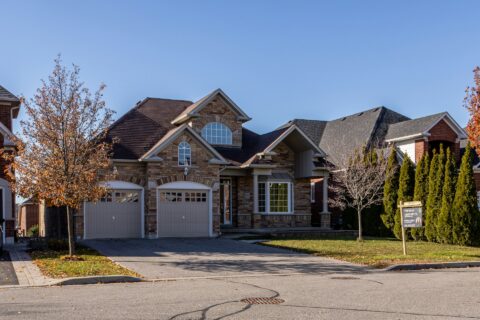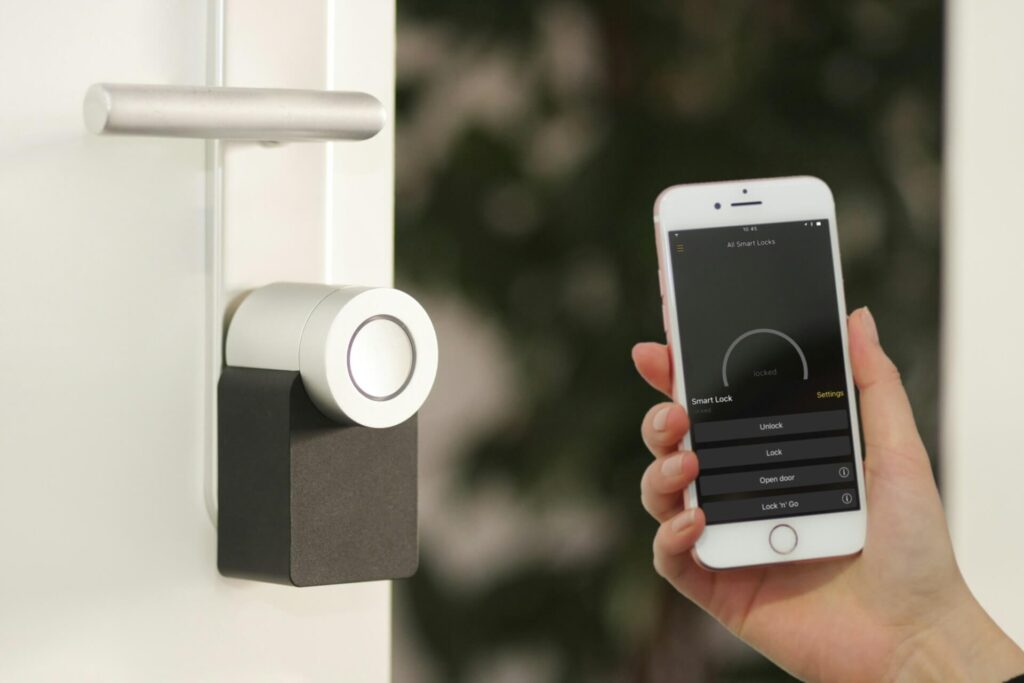Whether we realize it or not, a quiet revolution is taking place within the walls of our homes. The traditional abode is integrating with the latest technological advancements, changing the way we perceive and interact with our domestic space.
This wave of change is driven by the Internet of Things (IoT) – a network of physical devices embedded with sensors, software, and other technologies to connect and exchange data with other devices and systems over the Internet.
From enhanced security and convenience to optimized energy efficiency, IoT’s effect on daily life is nothing short of transformational.
This blog post is a deep dive into how IoT’s capabilities are remodeling our domestic lives and explores the benefits, challenges, and future of smart homes.
Understanding the Smart Home Landscape
Defining Smart Home and IoT
Before we unravel the impact of IoT in our homes, it’s crucial to comprehend what ‘smart home’ and ‘IoT’ stands for.
A smart home incorporates advanced automation systems to provide the inhabitants with sophisticated monitoring and control over the building’s functions. These could include lighting, HVAC (heating, ventilation, and air conditioning), security, and more.
IoT, on the other hand, is the underlying technology making smart homes possible by interconnecting these various devices to make them smarter.
Importance of IoT in Domestic Life
IoT devices are more than just gadgets; they are the ‘brains’ of your home, centralizing control and automating the mundane aspects of domestic life.
From fridges that order groceries to security systems that allow remote monitoring, IoT’s role in domestic life is growing in significance.
IoT’s domestic importance isn’t confined to just convenience – it profoundly impacts safety, energy efficiency, and even the mental well-being of homeowners.
It also allows for a holistic home management experience where systems work together seamlessly, providing a harmonious living environment.
IoT Devices Transforming Home Interaction
Intelligent Home Automation Systems
The heart of the smart home is its automation systems, which have become more intelligent and responsive thanks to IoT.
This section covers how home ecosystems, such as Amazon’s Alexa or Google Home, have risen in popularity, giving homeowners an accessible way to control their IoT devices with voice commands.
We’ll discuss the growing list of compatible devices and services, from smart thermostats that learn your preferences to lighting systems that adjust for optimal circadian rhythms.
Such systems are not just about being intuitive; they’re designed to blend into your lifestyle, learning and adapting to your behavior over time.
Smart Devices Redefining Convenience
IoT’s most noticeable impact is on convenience. We’ll highlight the everyday tasks that have been streamlined by IoT devices, such as setting the temperature before you arrive home or brewing your morning coffee as you wake.
We’ll also explore the concept of a ‘smart routine’ where multiple devices can be instructed to perform a series of actions with a single command, making everyday life more efficient.
Whether it’s dimming the lights when you start a movie, or a smart speaker reminding you of your daily schedule, convenience is now just a voice command away.
Enhanced Security and Surveillance
IoT has redefined home security, making it smarter and more accessible. We’ll discuss smart locks, cameras, and alarms, which offer features like remote monitoring, instant alerts, and the ability to watch live camera feeds from smartphones or computers.
This segment will also cover the importance of data security when it comes to IoT devices, emphasizing the need to keep these devices updated and connect them to secure networks to prevent any breaches that could compromise home safety.
Promoting Energy Efficiency Through IoT
IoT and Energy Management
The integration of IoT devices and home energy systems has led to significant improvements in energy management.
We’ll explore how smart meters, connected appliances, and energy monitoring systems contribute to efficiency and, subsequently, cost savings.
By analyzing and adjusting energy usage in real-time, IoT devices help homeowners understand their consumption patterns and make informed decisions in order to reduce their carbon footprint.
Additionally, we’ll look at feedback systems that provide visual representations of energy use, engaging homeowners in the quest for sustainability.
Climate Control with IoT
Smart thermostats have become the poster children for energy-efficient IoT devices. We’ll discuss how they work alongside other IoT devices, creating a responsive environment that anticipates and optimizes temperature settings based on occupancy and weather conditions.
By combining occupancy sensors and weather forecasts, these smart systems avoid heating or cooling empty rooms, leading to substantial energy savings.
We’ll also touch upon the growing trend of ‘zoned’ climate control, which provides personalized comfort and more efficient temperature regulation.
IoT’s Impact on Home Health and Well-Being
Air Quality Monitoring
One of the less discussed but vital aspects of smart homes enabled by IoT is air quality monitoring. Devices that track air pollution, allergens, and toxins have become indispensable for those with respiratory issues or allergies.
This section will feature smart air purifiers and HVAC systems that adjust air circulation based on the quality of the environment, ensuring that your home is not just comfortable but also healthy.
We’ll also highlight how these devices provide continuous feedback on the quality of air, making it easier to maintain a clean and safe living environment.
Mental Health and the Smart Home
The mental health benefits of a smart home are subtle yet impactful. We’ll touch on features that contribute to stress reduction, such as IoT-controlled lighting that can mimic natural daylight, aiding in relaxation and sleep.
We’ll also explore how smart entertainment systems and mood-enhancing features, like synchronized music and lighting, can create a more harmonized living experience. .
The focus will be on the cumulative effect of these features on mental well-being, making the case for smart homes as the retreats of the future.
Overcoming Challenges of IoT in the Home
Compatibility and Ecosystem Lock-In
One of the major challenges homeowners face with IoT devices is compatibility issues. This section will provide tips on how to build a strong IoT ecosystem without the woes of ecosystem lock-in or the frustration of devices that don’t communicate with one another effectively.
We’ll discuss the importance of selecting devices with open protocols and the growing trend of IoT platforms that strive to be more inclusive, ensuring that your smart home investment isn’t obsolete at the next upgrade cycle.
Data Privacy and Security Concerns
The more devices we connect, the more potential entry points exist for cyber threats. This section will explore the steps homeowners can take to secure their IoT devices, including using strong, unique passwords, updating software regularly, and isolating IoT devices on separate networks.
We’ll also highlight the role of manufacturers in ensuring device security and the increasing demand for built-in security features in IoT products. By understanding the risks and staying informed, users can enjoy the benefits of IoT without compromising their privacy.
The Future of IoT in Our Homes
AI and Machine Learning in Domestic IoT
The future of IoT in our homes will be heavily influenced by advancements in artificial intelligence and machine learning.
This segment will look at how these technologies will make our homes even smarter, with devices that can predict our needs, act autonomously, and continuously learn to provide a more personalized experience.
We’ll also discuss the ethical implications of AI in the home, such as in-home robots, and how society is preparing for a future where our everyday interactions might include non-human entities within the domestic realm.
Sustainable Smart Homes
IoT’s potential to create more sustainable homes is vast. We’ll detail how smart homes can potentially contribute to global sustainability efforts, showcasing features like water usage monitoring, renewable energy integration, and even waste management.
This conversation will also include a discussion on the potential hurdles, such as the environmental impact of manufacturing IoT devices, and will explore possible solutions as the industry moves towards a greener future.
Conclusion
The adoption of IoT in our homes is a growing trend that promises to redefine our living spaces. From convenience and security to energy efficiency and well-being, the benefits of a smart home are multifaceted and compelling.
Despite the challenges, such as compatibility concerns and data security, the momentum of IoT in the home is strong. Innovations in technology and a growing commitment to privacy and security suggest that the smart home is not just a trend but a new paradigm in domestic living, set to become more intelligent, personalized, and sustainable.
For homeowners curious about tapping into the potentials of IoT, the prospects are exciting. The key lies in selecting devices and systems that not only fit current needs but can also evolve with the technology, providing a reliable and enriching home experience for years to come.










